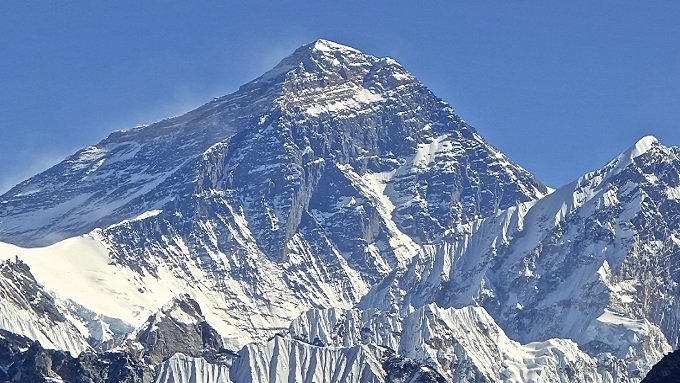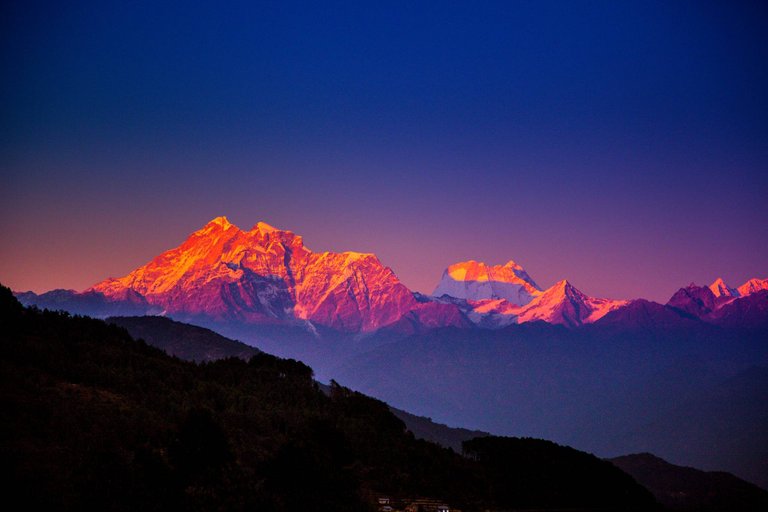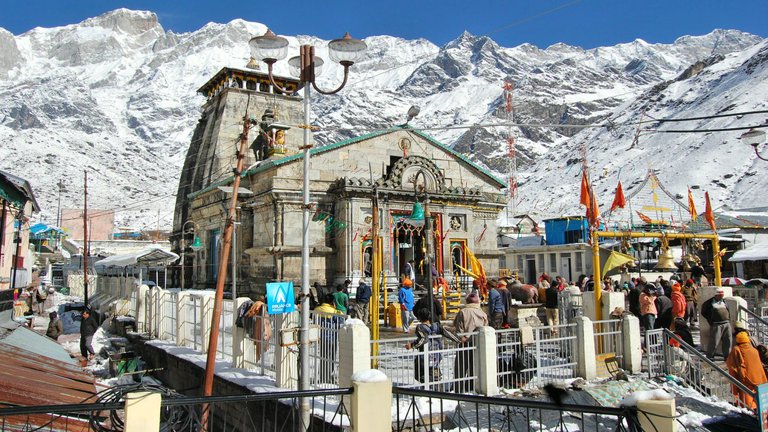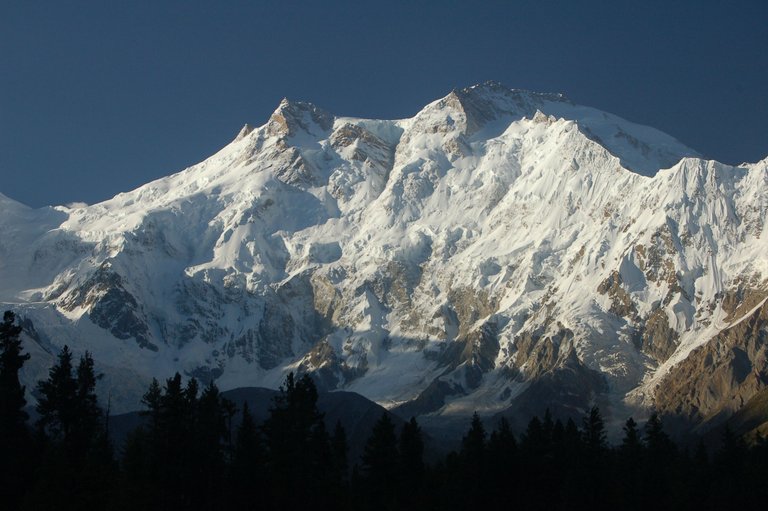
When we hear the name ‘Himalayas’, the first picture that comes in our minds is snow-clad dreamy mountains. But Himalayan range is much more diverse and different than just snow-clad mountains.

The Himalayan range has many of the Earth's highest peaks, including the highest, Mount Everest. The Himalayas include over fifty mountains exceeding 7,200 metres (23,600 ft) in elevation, including ten of the fourteen 8000m peaks. By contrast, the highest peak outside Asia – Aconcagua, in the Andes – is 6,961 metres (22,838 ft) tall.

The ranges, which form the northern border of the Indian subcontinent and an almost impassable barrier between it and the lands to the north, are part of a vast mountain belt that stretches halfway around the world from North Africa to the Pacific Ocean coast of Southeast Asia. The Himalayas themselves stretch uninterruptedly for about 1,550 miles (2,500 km) from west to east between Nanga Parbat (26,660 feet [8,126 metres]), in the Pakistani-administered portion of the Kashmir region, and Namjagbarwa (Namcha Barwa) Peak (25,445 feet [7,756 metres]), in the Tibet Autonomous Region of China. Between those western and eastern extremities lie the two Himalayan countries of Nepal and Bhutan. The Himalayas are bordered to the northwest by the mountain ranges of the Hindu Kush and the Karakoram and to the north by the high and vast Plateau of Tibet. The width of the Himalayas from south to north varies between 125 and 250 miles (200 and 400 km). Their total area amounts to about 230,000 square miles (595,000 square km).

Though India, Nepal, and Bhutan have sovereignty over most of the Himalayas, Pakistan and China also occupy parts of them. In the disputed Kashmir region, Pakistan has administrative control of some 32,400 square miles (83,900 square km) of the range lying north and west of the “line of control” established between India and Pakistan in 1972. China administers some 14,000 square miles (36,000 square km) in the Ladakh district of Kashmir and has claimed territory at the eastern end of the Himalayas within the Indian state of Arunachal Pradesh. Those disputes accentuate the boundary problems faced by India and its neighbours in the Himalayan region.
- According to Hindu religion the Himalayas is the abode of Lord Shiva. It is home to India’s most significant spiritual spaces ots like the Kailash Manasarovar, Amarnath, Vaishno Devi Temple, the Char Dhams — Kedarnath, Badrinath, Yamunotri, and Gangotri, many beautiful monasteries and Buddhist gompas among many others.
- The Himalayas is also known as Giriraj or the ‘King of Mountains’, which is a deity by itself in the Hindu pantheon. The Himalayas have also been personified as the god Himavat, the ‘God of snow’, who is father of Ganga and Saraswati who became rivers, and Parvati who married Shiva.
- The mystical, enchanting Himalayan mountains is a treat to all your senses. View some of the most breathtaking panoramas of Mother Earth, enjoy the crisp mountain air on your skin, listen to the chants of devotees along with the songs of the wind and smell the wondrous fragrance of the mountain trees and flowers.
- The Himalayas is the source of the Indus Basin, the Yangtze Basin and the Ganga-Brahmaptura, which are three of the worlds primary river systems.
- Geologists have performed tests over years to prove that the Himalayas, covering an area of 612,021 sq. kms, across six countries — Bhutan, India, Nepal, China, Afghanistan and Pakistan — are geologically alive. The mammoth mountain range is said to be moving approximately 20mm every year!
- The Himalayas have always been the source of immense peace, tranquility and enlightenment for countless sages, yogis and spiritual gurus including Adi Sankaracharya, Guru Gobind Singh, Vivekananda and many others. Sadhguru always felt a deep affinity for these sacred mountains as well.
- Every year, devotees undertake the holy trek in spite of all the challenges they face due to extreme geographical and weather conditions. This is the beauty of this sacred space.

There's so much more about Himalayas but these are the few very basic things. Follow on for more
If you liked this blog, show some love by up-voting and resteeming this. Cheers!

Sources:
https://www.britannica.com/place/Himalayas https://www.sacredwalks.org/sojourn/about-himalayas/
Not indicating that the content you copy/paste is not your original work could be seen as plagiarism.
Some tips to share content and add value:
Repeated plagiarized posts are considered spam. Spam is discouraged by the community, and may result in action from the cheetah bot.
Creative Commons: If you are posting content under a Creative Commons license, please attribute and link according to the specific license. If you are posting content under CC0 or Public Domain please consider noting that at the end of your post.
If you are actually the original author, please do reply to let us know!
Thank You!
More Info: Abuse Guide - 2017.
Very informative. Reading this post, I learned so much about the Himalayas that I didn't know before. Thanks and looking forward to more on this majestic mountain range.
Nice article and nice pics :) Upvoted.